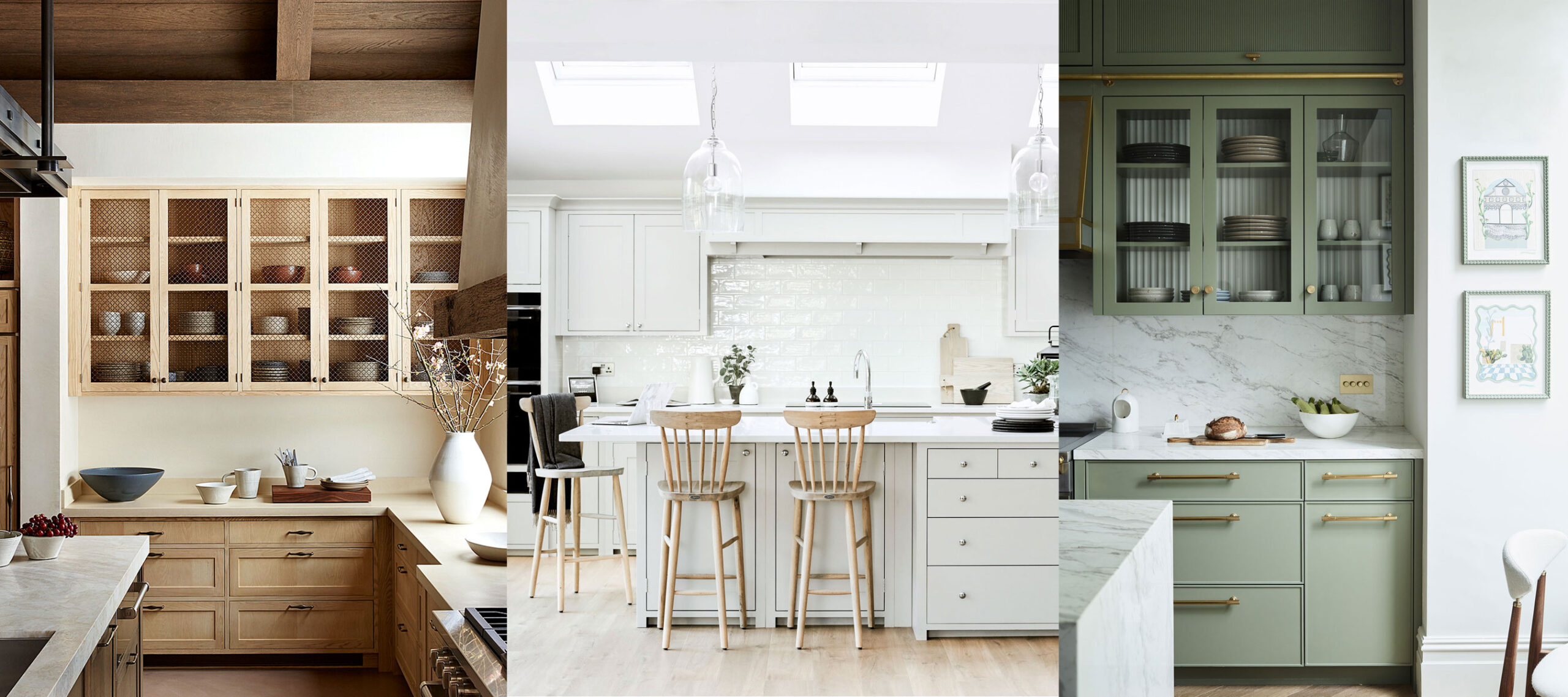The kitchen is the heart of the home, where families gather and create beautiful memories over food. Creating an elegant and comfortable kitchen is the dream of many homeowners. One of the best ways to achieve an elegant impression is to use neutral colors. This article will discuss various tips and tricks for applying neutral colors to your kitchen so that it still looks elegant and timeless.
Neutral colors have the advantage of creating a calm and sophisticated atmosphere. With the right selection and combination, neutral colors can bring a luxurious impression without being too much. Let’s explore how you can harness the power of neutral colors to transform your kitchen into an elegant and functional space.

Applying Neutral Colors to Key Kitchen Elements
Cabinets and Cupboards
Cabinets and cupboards are the dominant elements in kitchen design. Choosing neutral colors for cabinets can create a solid foundation for the entire design. White is a classic choice that never goes out of style, giving a clean and fresh impression. For a warmer look, consider cream or light beige.
If you want a more dramatic look, dark gray or even black can be interesting choices for cabinets. Be sure to balance it with light colors on other elements such as walls or countertops. Vary the colors between your upper and lower cabinets to create an interesting contrast, such as dark gray lower cabinets with white upper cabinets.
Countertops and Backsplashes
Countertops and backsplashes are areas where you can experiment with texture and pattern within a neutral color scheme. For countertops, materials like granite, marble, or quartz with subtle patterns in shades of gray or cream can add a visual element of interest without disrupting the color balance.
Backsplashes offer an opportunity to add character to your kitchen. Consider classic white subway tile for a timeless look, or opt for mosaic tile in shades of gray for a more complex texture. If you want a modern touch, a neutral glass backsplash like milky white or light gray can be an elegant choice.
Flooring
A neutral kitchen floor can create a solid foundation for the rest of the design. Ceramic or porcelain tile in white, cream, or gray are popular choices that are durable and easy to maintain. For added warmth, consider wood or vinyl flooring with a natural finish that’s still in the neutral color spectrum.
Floor patterns can also be an interesting way to add dimension. Herringbone or chevron tiles in neutral colors can create an elegant focal point without distracting from the overall color scheme. Be sure to choose a flooring material that is not only aesthetically pleasing but also practical and will withstand the high traffic and spills common in kitchens.
Balancing Neutrals with Accents and Textures
While neutrals are the foundation of your design, it’s important to add accents and textures to keep your kitchen from looking too sterile or boring. Consider adding natural elements like greenery or woven baskets to add warmth. Metal accessories like brass cabinet handles or a copper pendant light can add shine and dimension.
Texture also plays a big role in creating an inviting neutral kitchen. Pair smooth surfaces like high-gloss cabinets with textured elements like a stone backsplash or linen curtains. Add a rug or runner with a subtle pattern to add warmth and comfort to the floor. Remember, the key to a successful neutral design is balance between different elements.
Leveraging Lighting to Enhance Neutrals
Lighting plays a crucial role in maximizing the beauty of neutrals in your kitchen. Natural light is the best way to bring out neutrals in their true glory. If possible, maximize windows or consider adding skylights to increase natural light. Sheer curtains or roman shades in neutral colors can help control light intensity while still maintaining privacy.
For artificial lighting, combine different types of lights to create the right ambiance. Pendant lights over an island or dining table can be a focal point and an effective light source. Under-cabinet lighting is not only functional for work areas, but can also create a dramatic effect on a backsplash. Use dimmers to control light intensity and create different moods as needed.
Creating a Focal Point in a Neutral Kitchen
Even if your kitchen is dominated by neutral colors, it’s important to create a focal point that draws attention and adds character to the space. One effective way to do this is to use the kitchen island as a focal point. Consider giving the island a contrasting color, such as a dark gray if the other elements are dominated by bright colors, or vice versa.
Alternatively, you can create a focal point through a unique backsplash. Choose a striking pattern or material for the area behind the stove or sink. For example, marble tiles with intricate patterns or a metallic backsplash can be eye-catching elements without distracting from the overall neutral color scheme. Remember, a focal point should draw attention without overpowering the overall design.
Closing
Creating an elegant kitchen with neutral colors is not only about choosing the right shades but also about harmonizing various elements. By thoughtfully selecting cabinets, countertops, and flooring, you can establish a timeless design that exudes sophistication. Incorporating accents, textures, and effective lighting will elevate the space further, ensuring it remains inviting and stylish.
Ultimately, the key to a beautiful neutral kitchen lies in balance. Whether through contrasting elements or unique focal points, every detail contributes to the overall aesthetic. Embrace the versatility of neutral colors to craft a kitchen that is not only functional but also a reflection of your personal style, where memories are made and cherished.